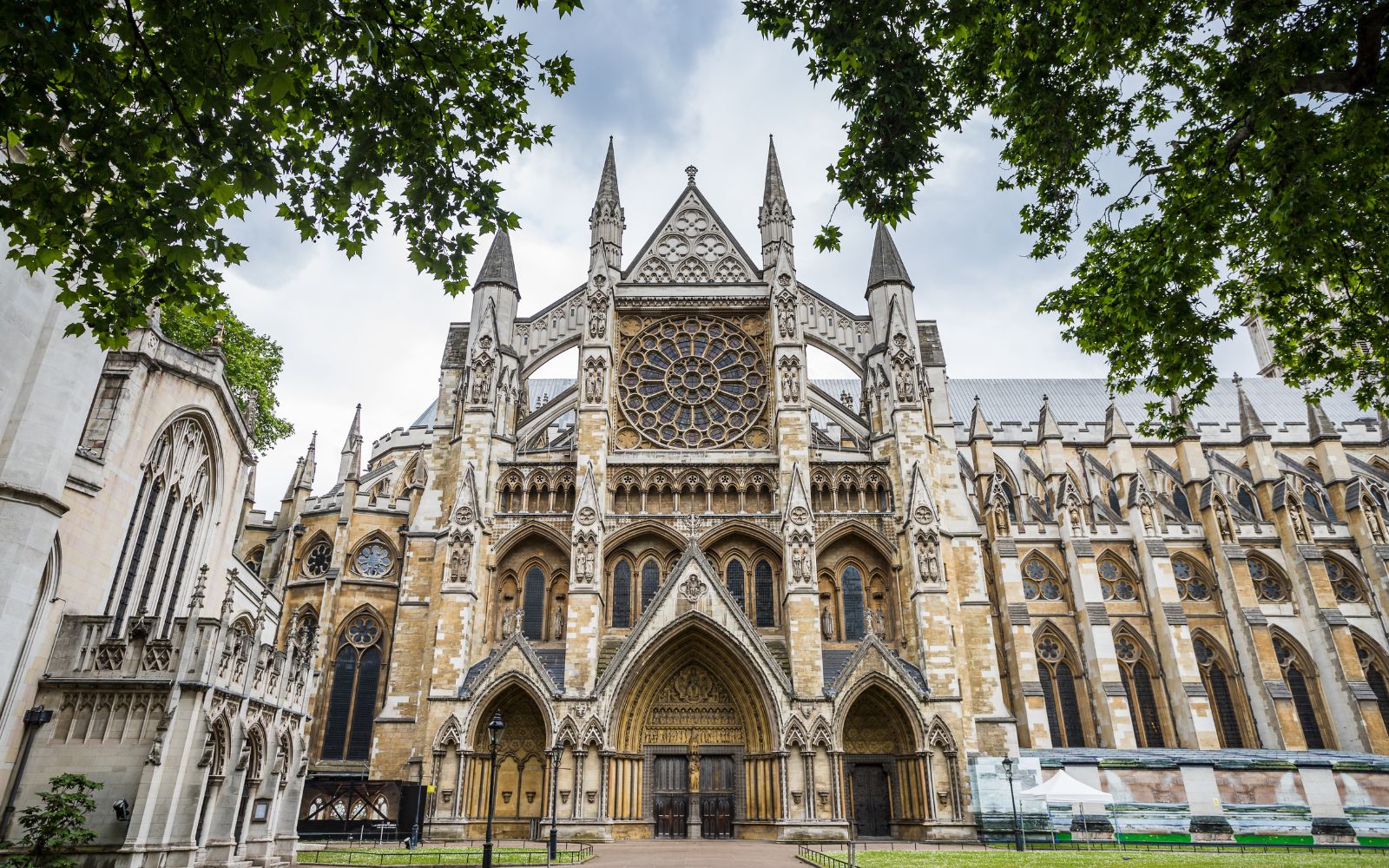
I confess: living in London means I often become immune to the fact I pass major landmarks almost every single day. However, when sitting on the verge of a significant world event, I am reminded of exactly what this city has to offer – and this is, most recently, the case with Westminster Abbey.
Since 1066, the church, in the heart of the capital, has served as the location of the coronations of 39 English and British monarchs and at least 16 royal weddings – including Prince William and Catherine, Princes of Wales's wedding in 2011 – arguably the most famous example in modern history
The structure is almost as synonymous with the monarchy as its iconic royal residences (including Windsor Castle and Buckingham Palace), so I felt its interiors were worth visiting and sharing with all. And, of course, there was no better time than amid the pre-coronation buzz.
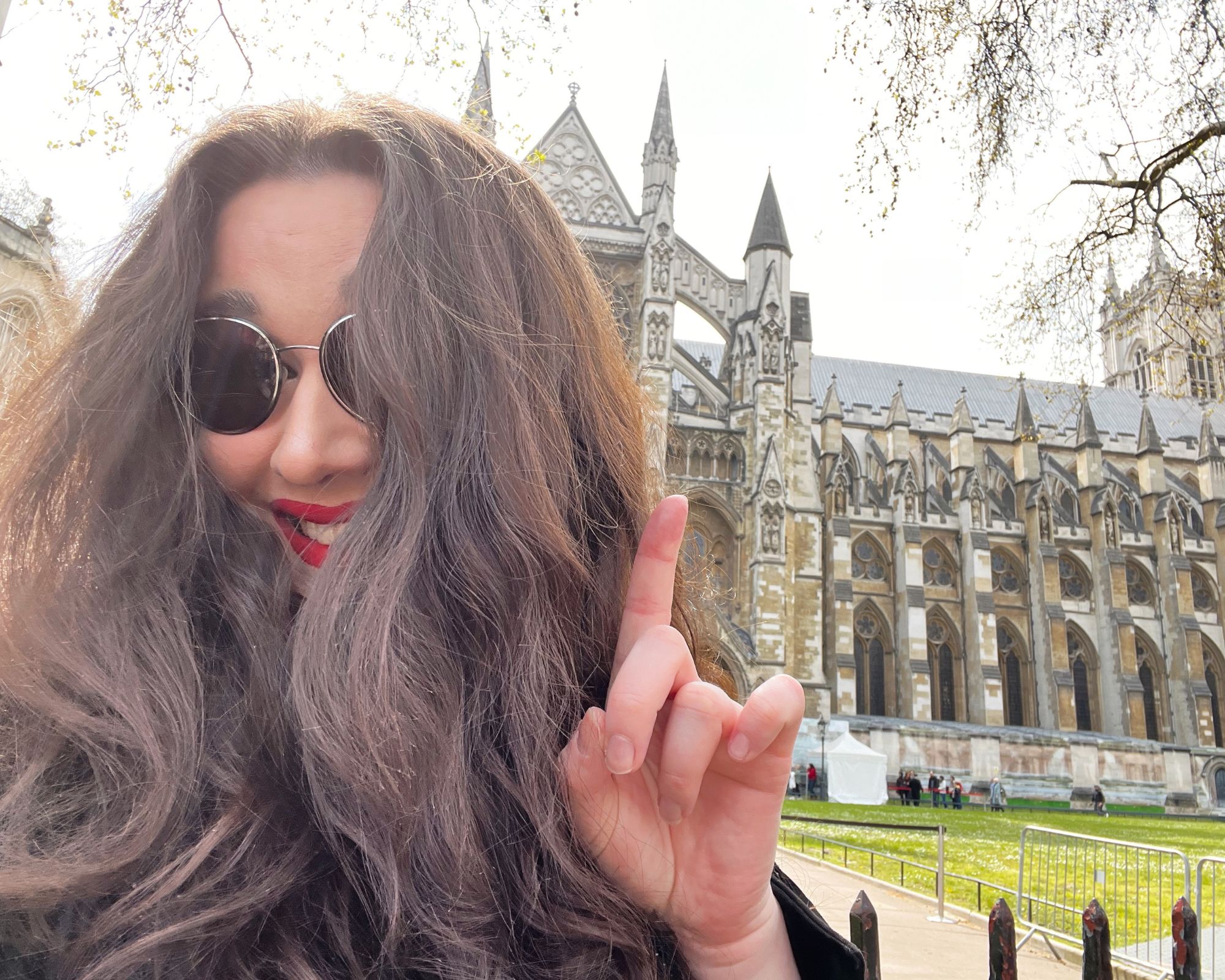
5 facts I learned inside Westminster Abbey
Here are the key things I learned during Saturday inside one of the country's most recognized buildings.
1. The roots date back to the year 960
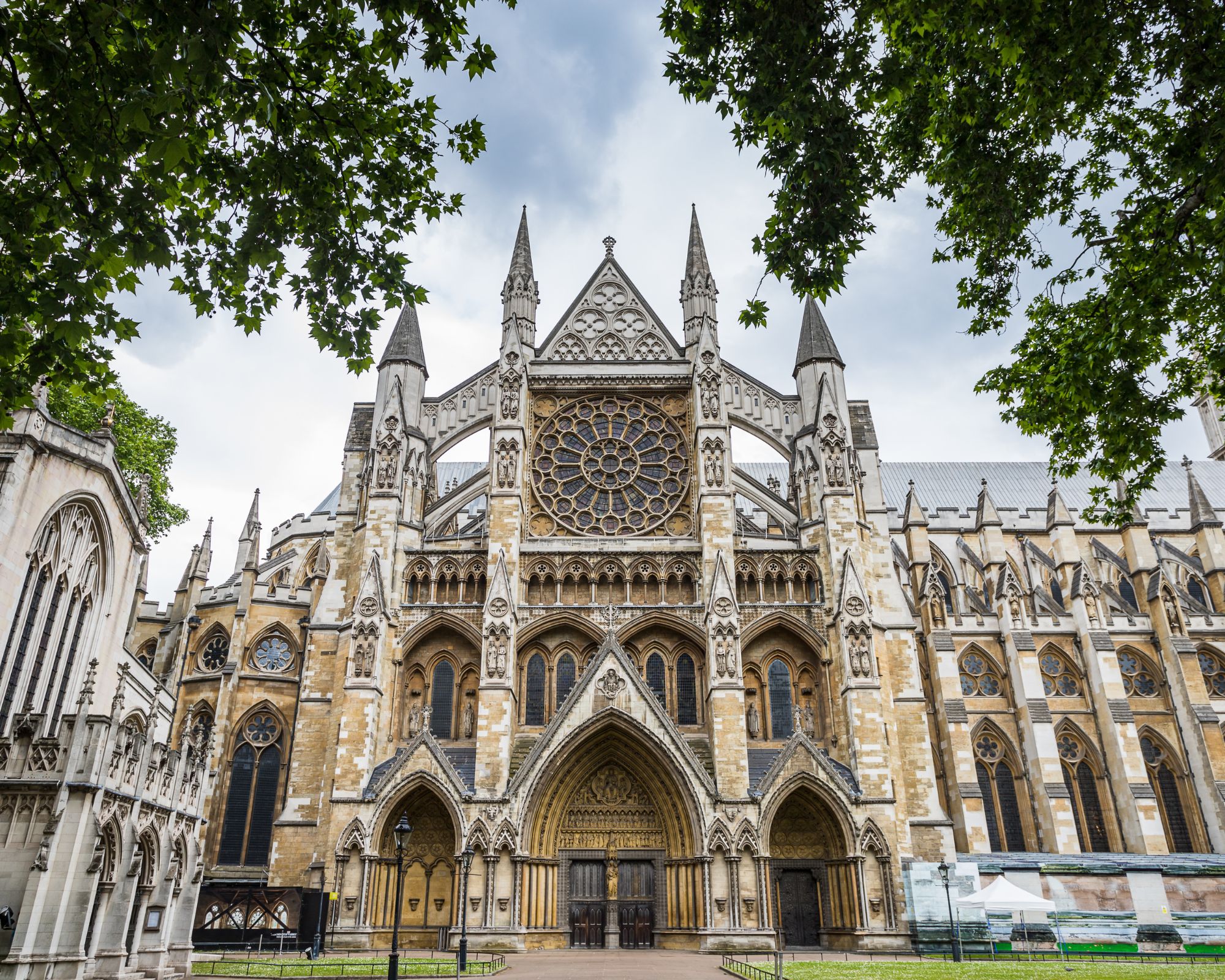
I already knew the abbey was old – but I never expected its roots to date back 1063 years – to 960 A.D.
In 960, King Edgar and St Dunstan founded a small Benedictine monastery on the fringe of the river Thames (upon land called Thorney Island at the time). In 1040, King Edward (later St Edward the Confessor) enlarged and reendowed the site – naming it West Minster (yes, with the space between) to differentiate it from St. Paul’s Cathedral in the east of the city.
King Henry II decided to rebuild the structure in the new Gothic style of architecture in the 13th century, creating the building we see to this day. This church was consecrated on 13th October 1269; however, it's worth noting that its iconic towers, designed by architect Nicholas Hawksmoor, were not completed until 1745.
2. Artist David Hockney designed one of the glass windows
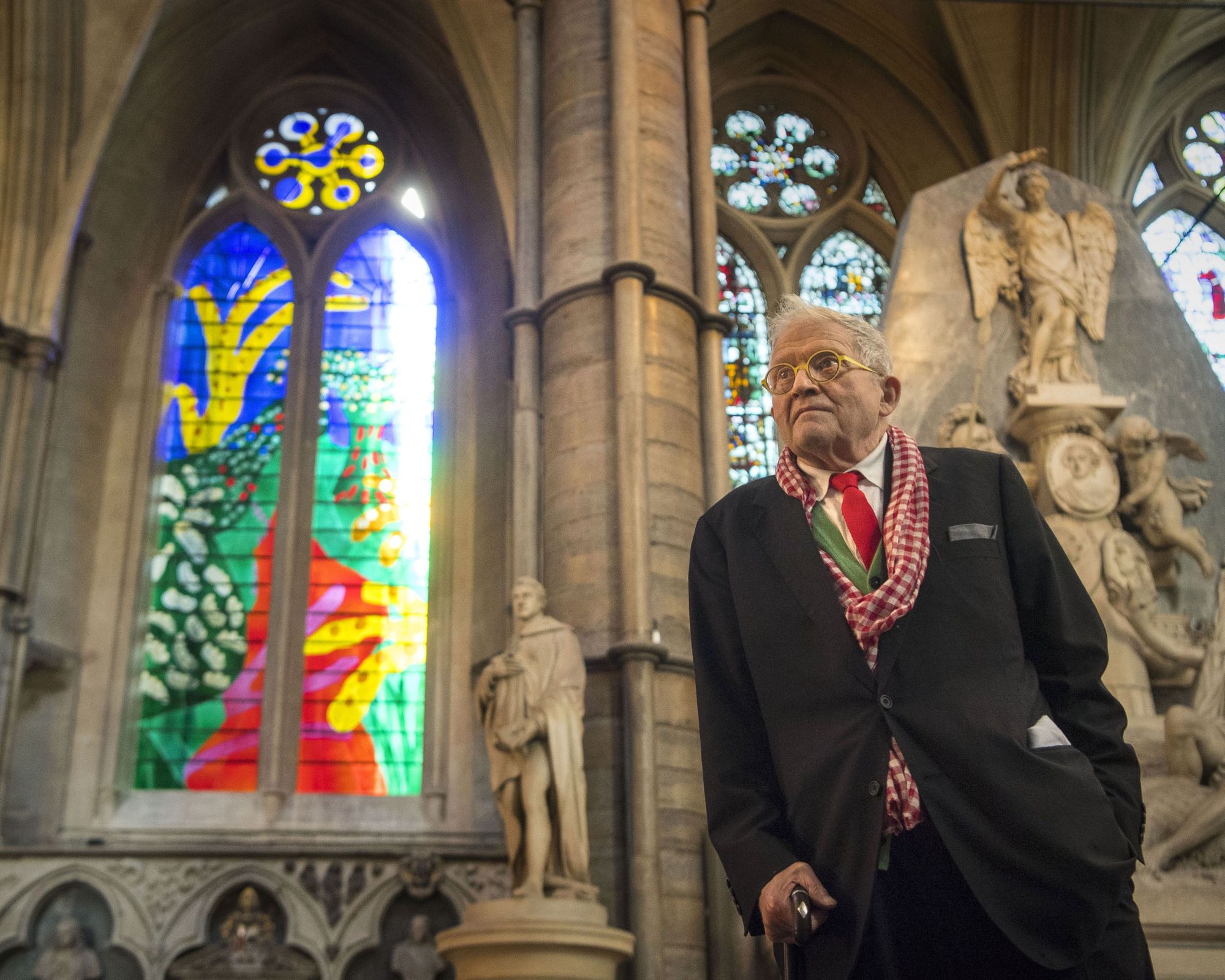
This fact is high on the list because I will openly admit that it's the one that surprised – and excited me – the most.
As someone from Bradford – also the hometown of artist David Hockney – I was excited to learn that he was commissioned to design a window to celebrate the reign of Queen Elizabeth II in 2018. I can't believe I let this news pass me by. The artist, probably best known for A Bigger Splash, designed a vibrant depiction of the Yorkshire countryside (again, coming from the aforementioned Yorkshire-based city, it spoke to the soul).
The nearly 28-foot-high window is located in the north transept of the abbey, and I'm sure, given the chance, you'll love it almost as much as I did.
3. The coronation chair is over 700 years old
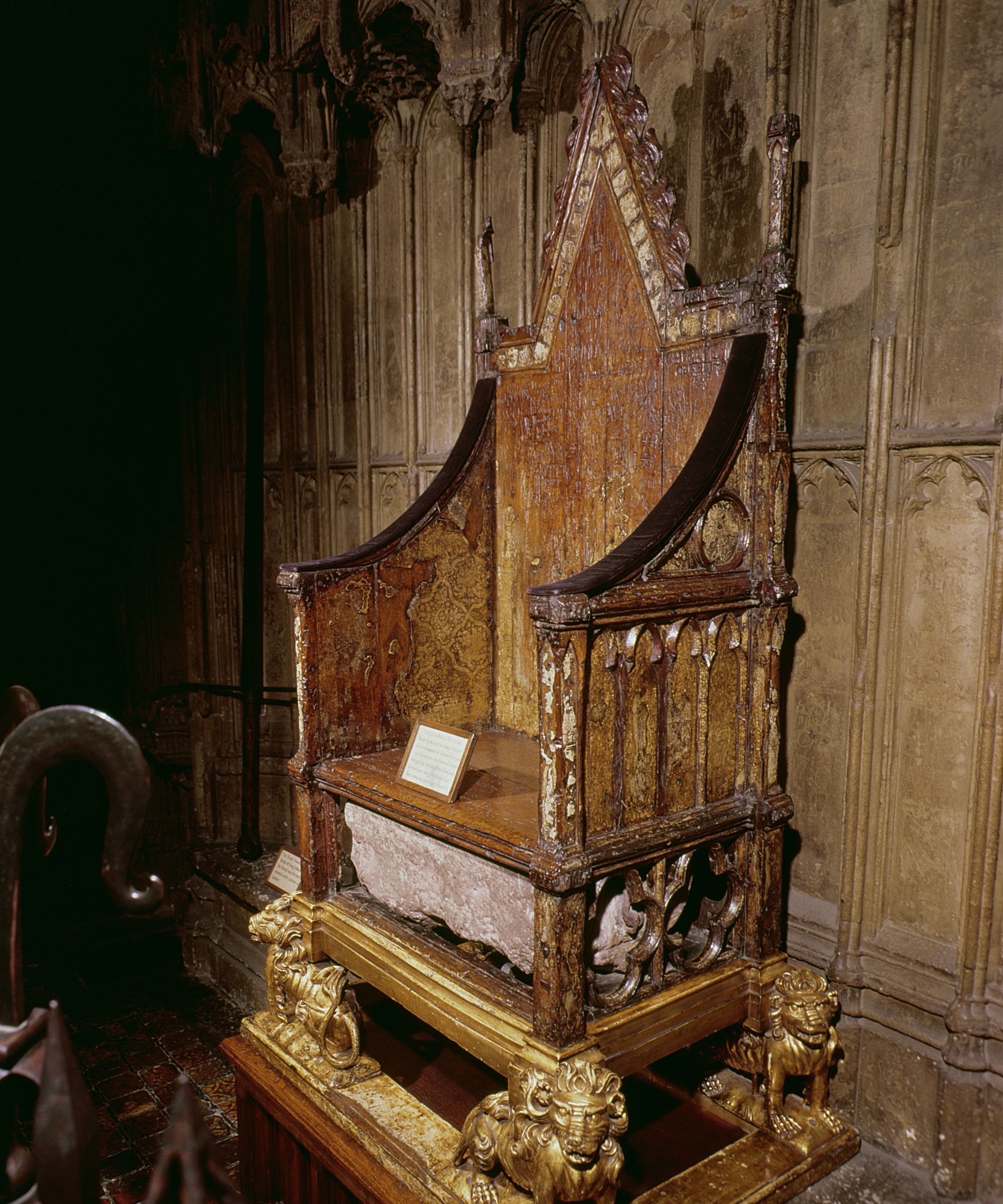
Now to refocus on the reason we're here – the coronation. In only a matter of days, King Charles will sit in the coronation chair – considered among the most famous pieces of furniture in the world – to receive his anointing. King Edward I ordered the chair's construction in 1308, and it has been used at coronations since.
The oak piece is decorated with patterns of birds, foliage, and animals on a gilt ground and is usually kept in a special enclosure within St. George’s Chapel, Windsor. Naturally, this meant I wasn't able to catch a glimpse on my visit, but I was still able to learn more about its history and see where the chair will sit on May 6th, when it returns to Westminster for the coronation.
4. It has held almost every coronation – except two
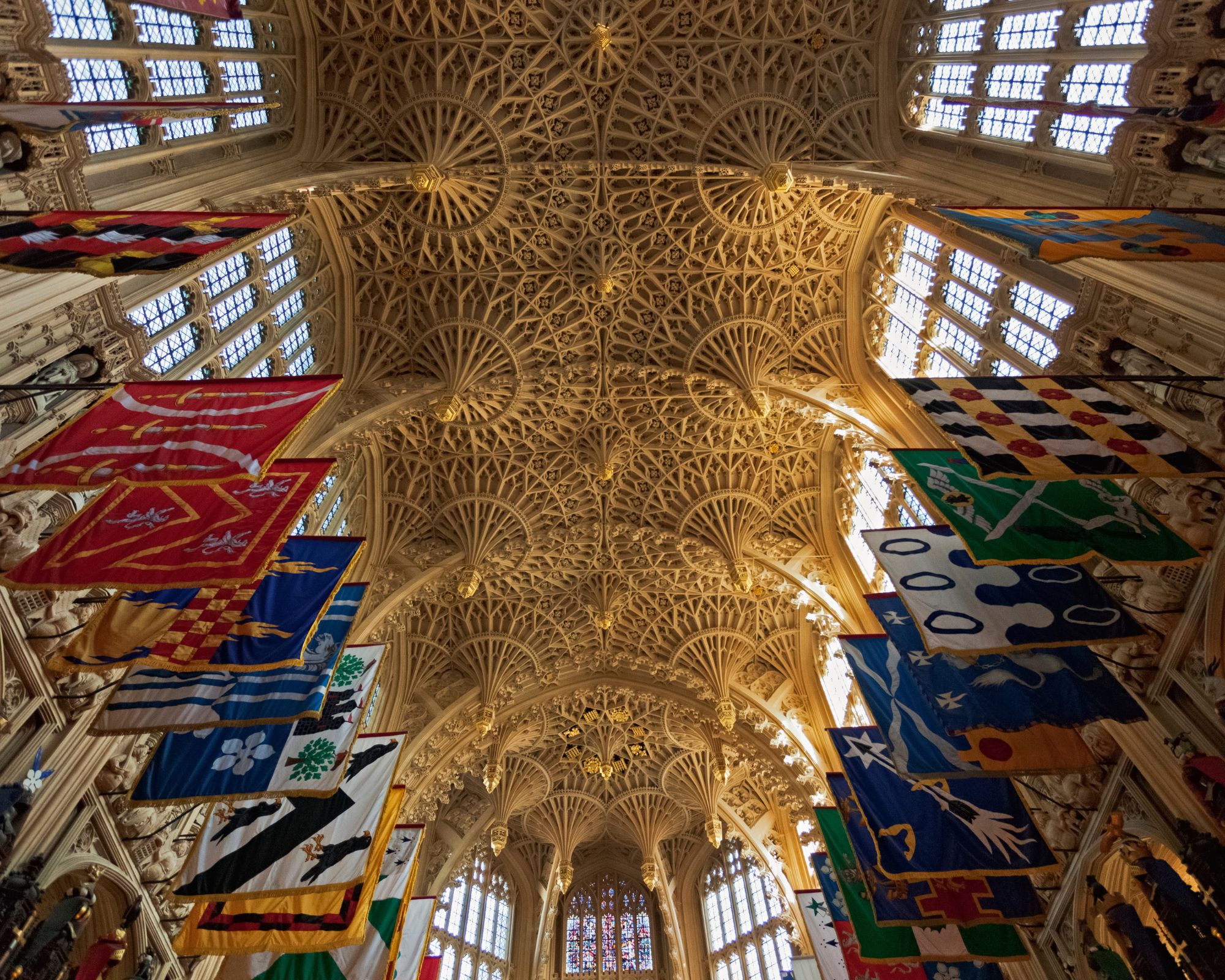
Minus the exceptions of Edward V and Edward VIII, Westminster Abbey has served as the venue for every British monarch since William the Conqueror.
Thirteen-year-old King Edward V held the throne from April to June 1483, however, he was not crowned in an official coronation before his disappearance. His fate remains unanswered, however, many theories suggest the young king was murdered by King Richard III. In more recent history (1936) Edward VIII abdicated the throne less than a year after he became king to marry socialite Wallis Simpson.
5. The Abbey celebrates more than royalty
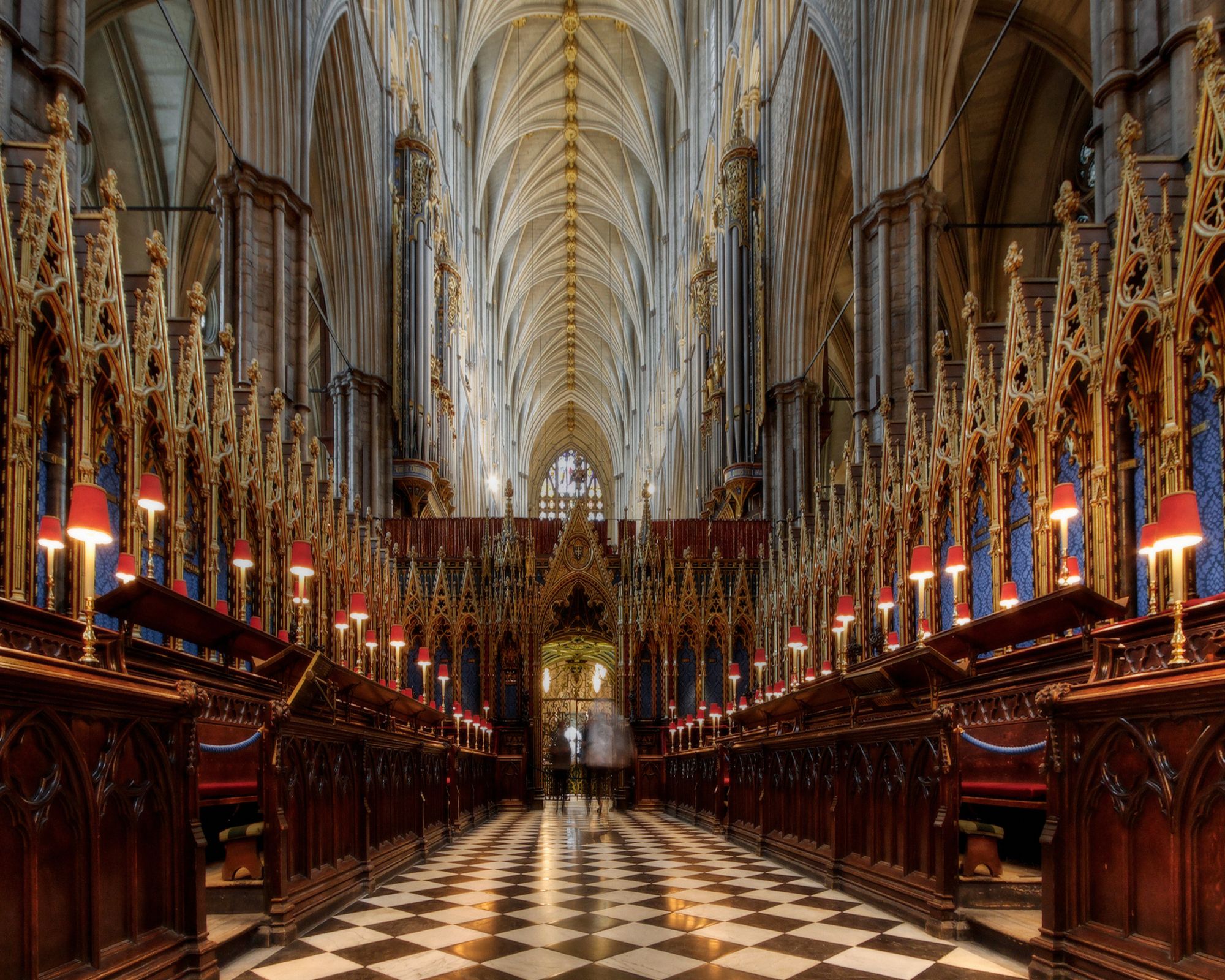
There are around 3,300 people buried and commemorated at Westminster Abbey – many are not related to royalty but are, instead, significant in global history. This was something I never expected to discover in a place that I always associated with the monarchy exclusively.
Notably, the stone statue of Martin Luther King Jr (in the West Entrance) caught my attention. Jane Austen, Sir Isaac Newton, Noel Coward, and Charles Darwin are among those buried or remembered in the Abbey.
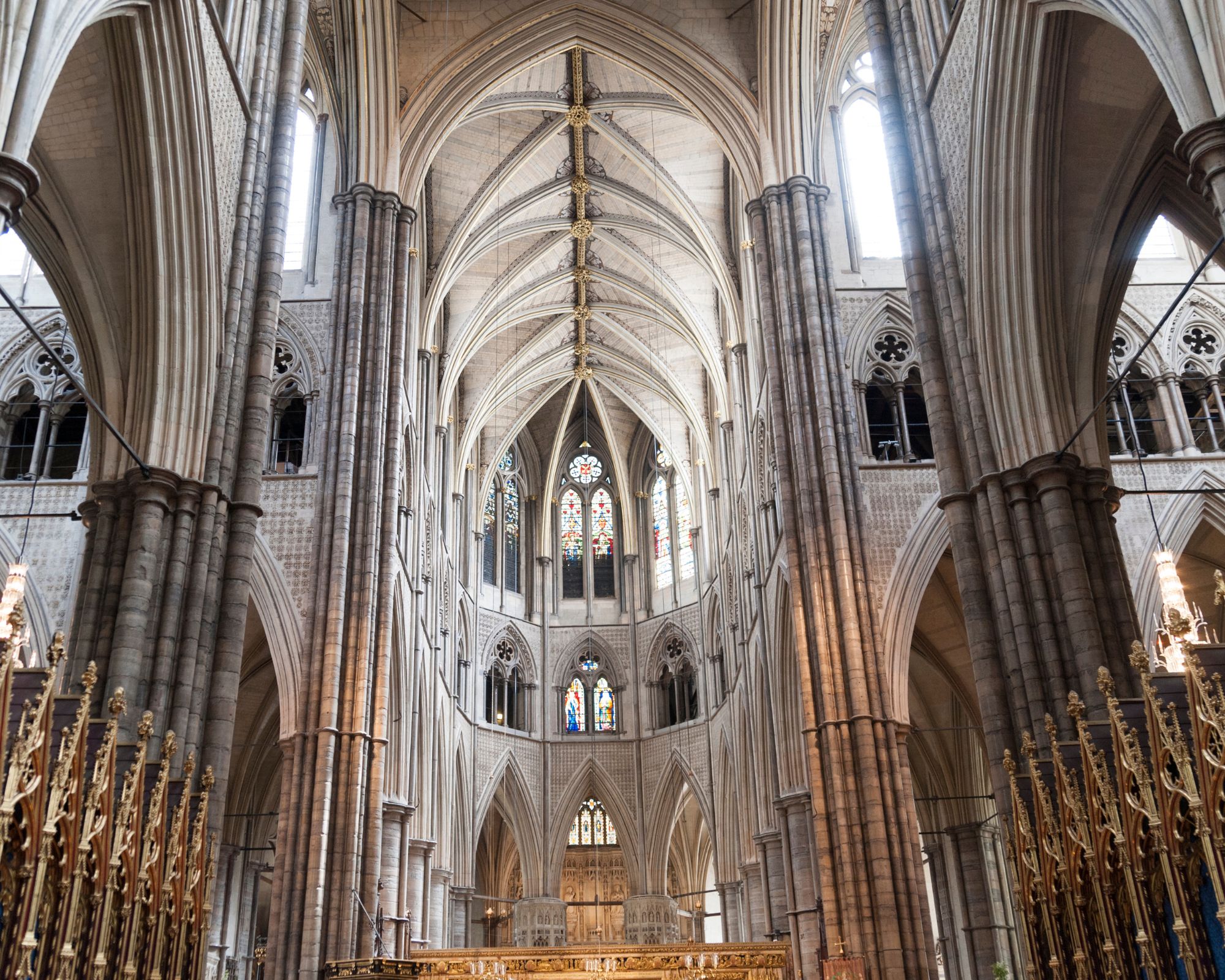
Being the coffee-lover that I am, I was also quick to visit the Cellarium Cafe (less serious stuff, but still worth the shout-out) and, of course, the gift shop to pick up a souvenir from this moment in history. You can do the same with H&G's pick of the most beautiful products below.
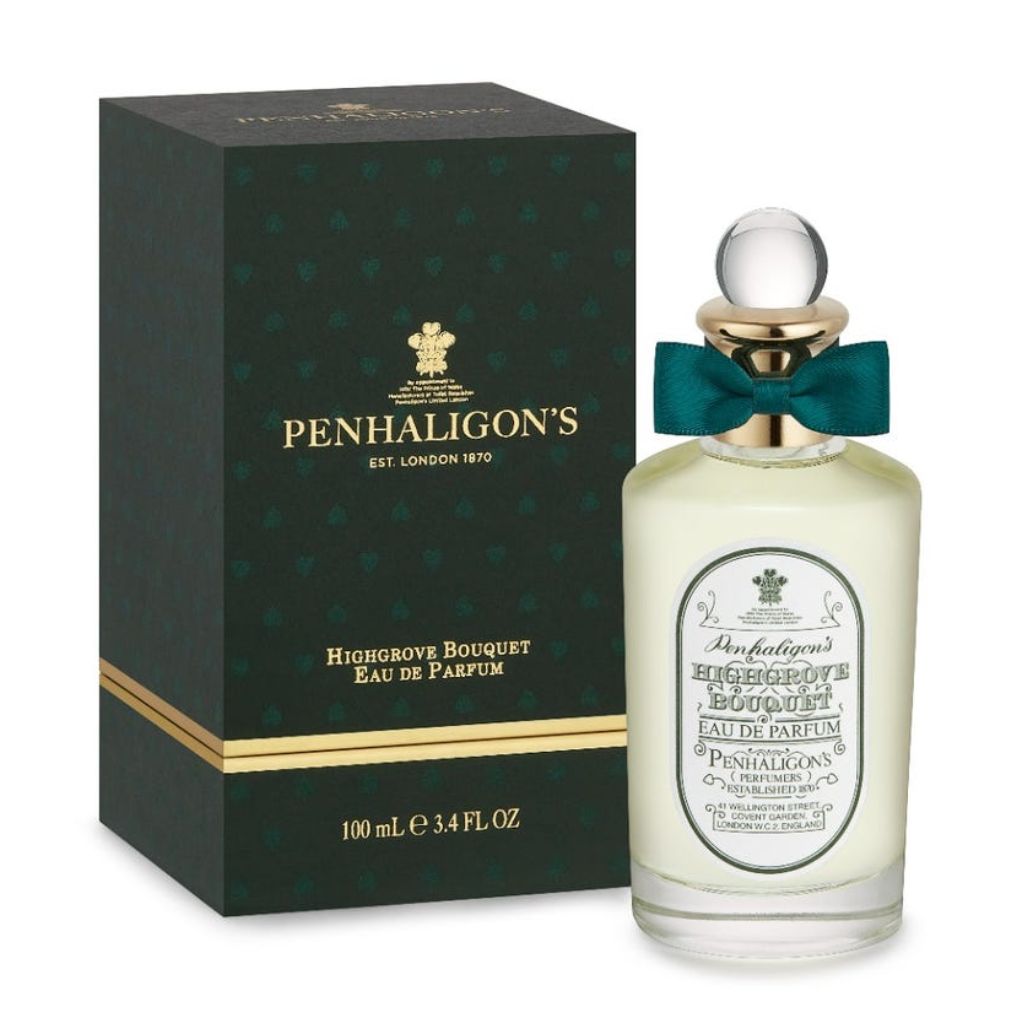
Penhaligon’s have been the monarch's perfume makers for generations and have a Royal Warrant to prove it. Inspired by King Charles III’s gardens at his country estate, Highgrove Bouquet is a delicate fragrance.
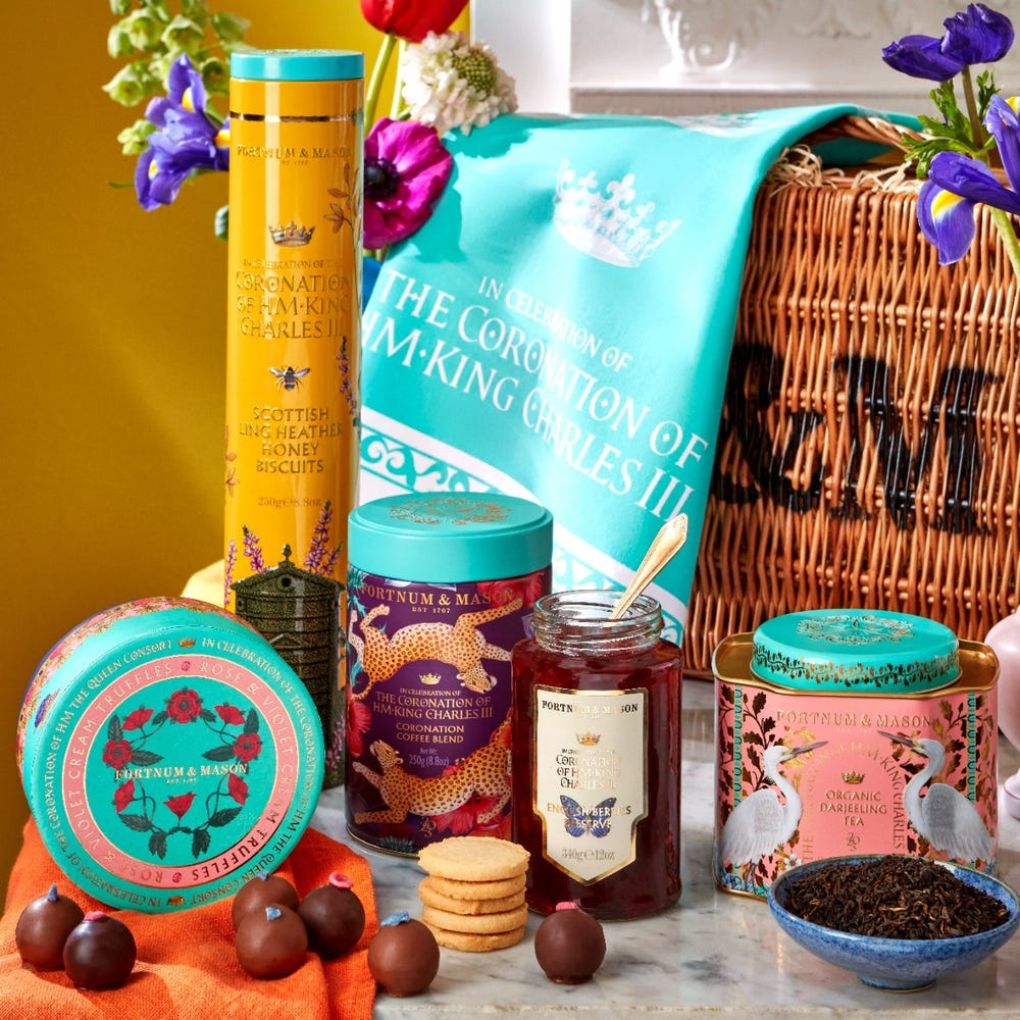
Fortnum & Mason have a well-established relationship with the royal family, so it's no surprise they have a special coronation collection. This includes Fortnum's iconic hamper, filled with their limited edition Coronation range.
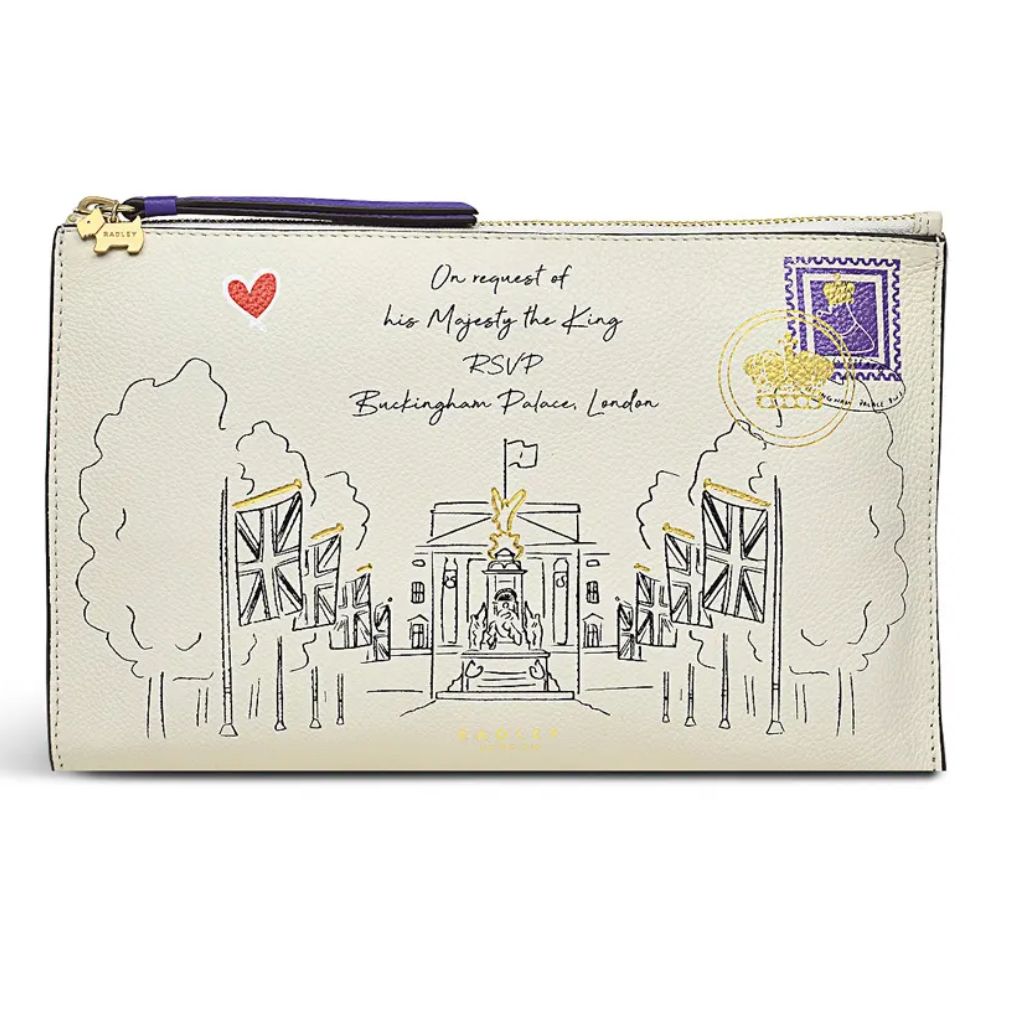
Radley, the iconic London bag designer, has released a limited edition collection in honor of the coronation. It was an instant sell-out (we hope they restock), but the wristlet is still available.







